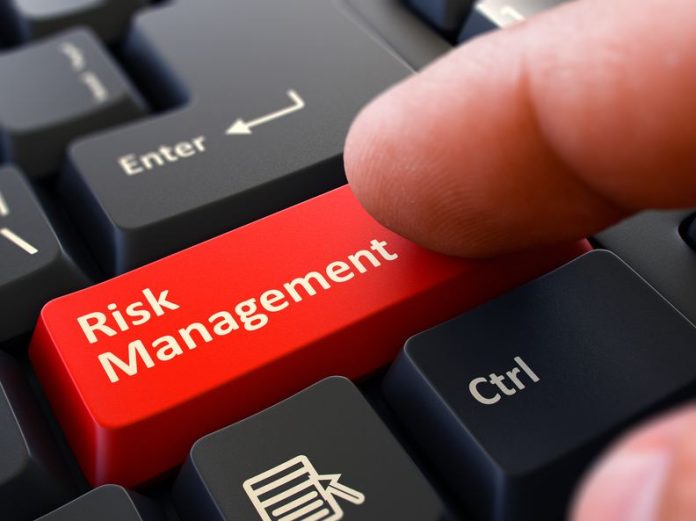The term risk management is not only applicable to economics. It is also applied to diverse disciplines such as psychology, social sciences, biology, systems analysis, operations research, decision theory, toxicology, engineering, and statistics, among others.
Risk management is the process of gauging or assessing risk and developing strategies to manage it.
Risk management is the process of prioritizing risk with the greatest loss and the greatest probability of occurrence.
The risk that would have lower loss is handled later. Risk management identifies a new type of risk, the kind wherein it has a 100% probability of occurring but continues to be ignored by the organization due to lack of identification ability.
Another problem encountered in risk management is difficulty in allocating resources. Consequently, the ideal type of risk management is one that reduces the negative effects of risks.
Risk management can cover almost anything, depending on the field of discipline. For bankers and financial officers, risk management may be the sophisticated use of techniques such as currency hedging and interest rate swaps.
Hospital administrators think about quality assurance when they think about risk management. To safety professionals, risk management involves the reduction of accidents and injuries.
Before anyone can start risk management, a statement of risk must be made. Such a statement must compose of a description of the loss and a description of the current conditions that may lead to a possible loss.
Sensible risk management is all about ensuring that workers and the public are properly protected. It enables innovation and learning.
It provides an overall benefit to society by balancing benefits and risks. Good risk management enables individuals within the organization to understand that aside from the right of protection they too have to exercise responsibility.
Risk management is not about generating lots of paperwork. It is not about reducing the protection of people from risks that cause real harm and suffering.
It is also not about scaring people by exaggerating trivial risks. It does not stop important recreational and learning activities for individuals where the risks are managed. Lastly, risk management does not aim to create a totally risk-free society.
Similar to all types of processes, risk management follows certain steps. The first step is to establish the context.
Identifying the objectives or the basis upon which risks are being evaluated does this. The framework for the process and agenda for identification must be established.
Lastly, analysis of the risk involved in the process must be developed. After the context has been identified, the next step is to identify potential risks.
The chosen method of identifying risks would depend largely on culture, industry practice, and compliance.
The next step is to create the plan, proposing applicable and effective controls for managing risks. The last two steps are the implementation of the plan and review and evaluation of the plan.
Chances are, the initial risk management plans would have imperfections. Review and evaluation allow for the improvement of the plan.

